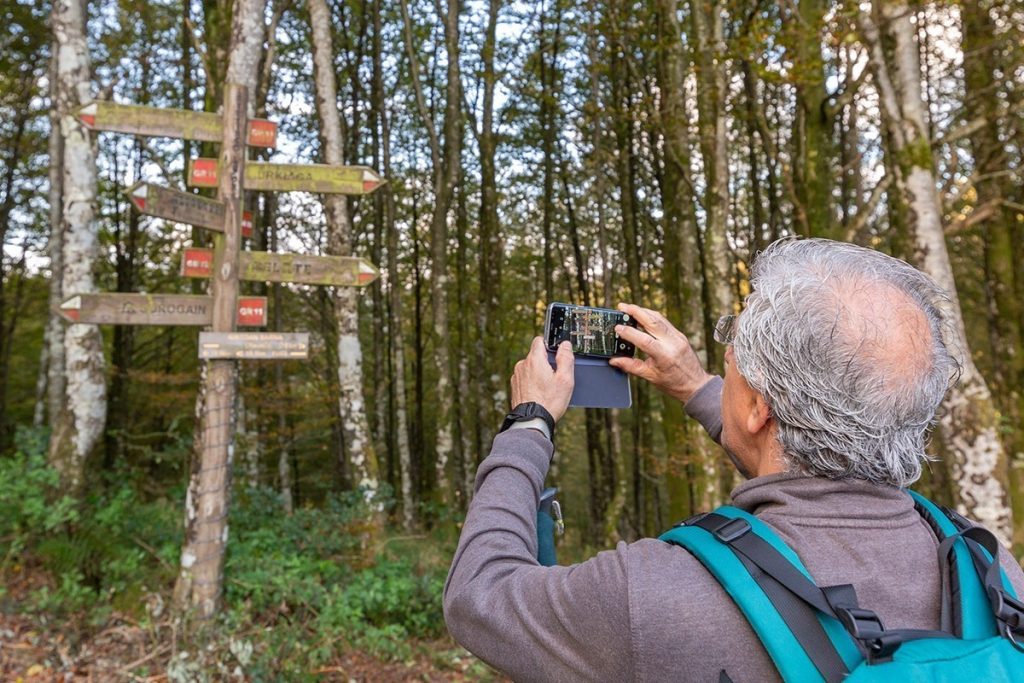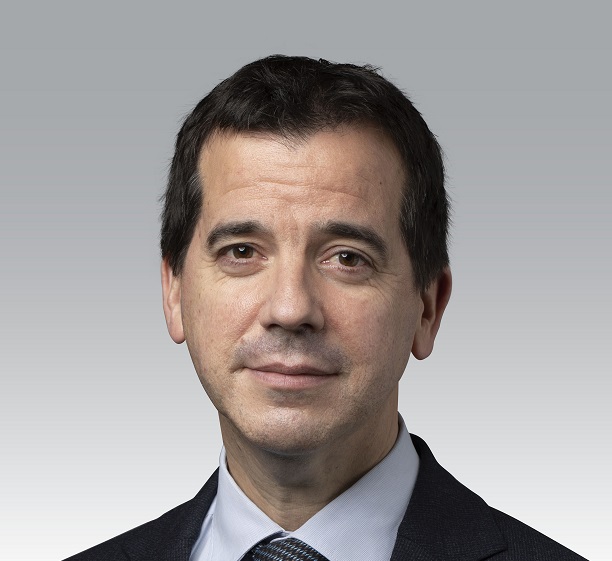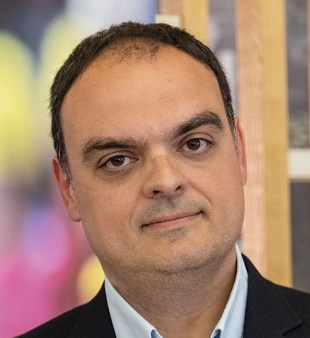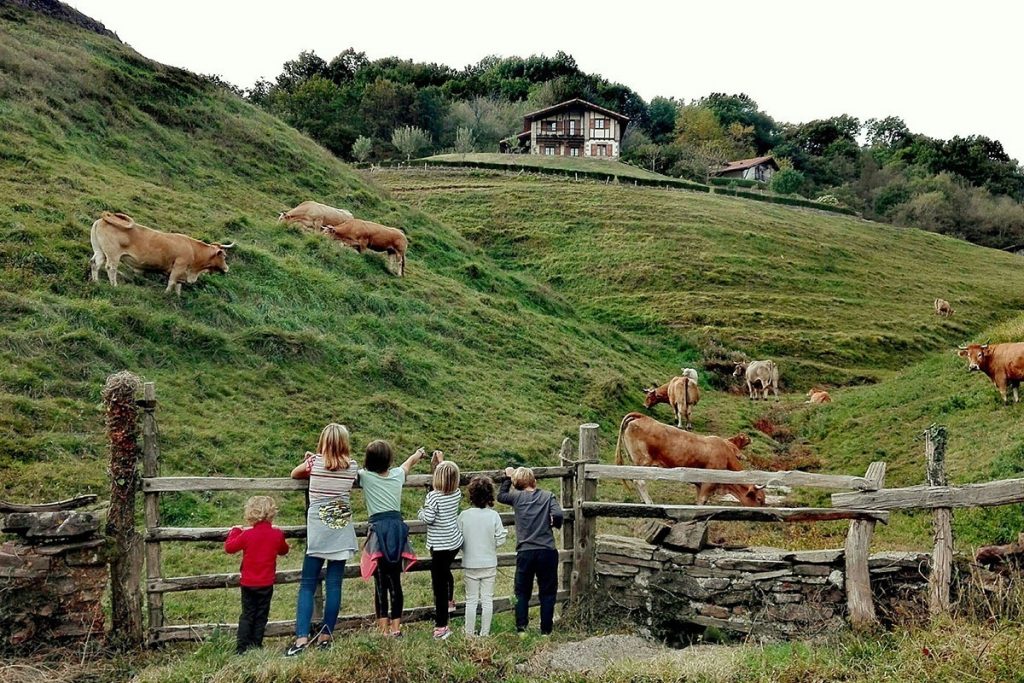- The tourism sector in the Autonomous Community of Navarra, which employs more than 17,000 people, exceeded 1.1 million overnight stays and 2.37 million overnight stays in 2021.
- Its main roadmap is the Territorial Plan for Sustainable Tourism in Destinations 2023-2025, whose main lines of action are: sustainability, inclusion and electric and neutral mobility.
- In order to achieve its objectives, Navarre has received 80 million euros in Next Generation funds during the last legislature. Of this amount, 62 million will be earmarked for the development of this type of industry in the following 5 areas: the Pyrenees; the Sangüesa and Pre-Pyrenees region; the Central Zone; Tierra Estella; and Baztan-Bidaosa.

Navarra appears in the Spain 2022 Regional Sustainability Report as a national leader in the fulfilment of the SDGs established in the United Nations 2030 Agenda. It also occupies first position in the INE’s Quality of Life ranking.
Faced with this scenario, the regional authorities are committed to the development of what they have described as “other tourism”. This would be based on a more sustainable and individualised offer that would be different from the more “mass-produced” proposals.
The vast majority of visitors were of national origin (more than 918,000 tourists) compared to those of foreign origin (just 222,000).
In this sense, such an approach would reinforce the sustained and constant growth that the tourism industry in the region has been experiencing for some time now. A sector that employs 17,000 people in the region and which, in 2021, managed to exceed 1.1 million travellers and 2.37 million overnight stays. With regard to the first figure, by the way, a large majority of visitors were of national origin (more than 918,000 tourists) compared to those of foreign origin (just 222,000).
As for the type of accommodation chosen, the majority preferred to stay in hotels (more than 702,000 users), followed by those who chose camping (164,000 customers) and, in third place, was rural tourism (which attracted 109,000 people). At present, Navarre has a total of 1,555 accommodations with a total of 30,443 bedplaces.

“European funds are a golden opportunity to undertake the necessary digital and ecological transformation that the tourists themselves are demanding of us".

Mikel Irujo
Government of Navarre
Territorial Plan for Sustainable Tourism
At the recent edition of FITUR, the Regional Government presented its Territorial Plan for Sustainable Tourism in Destinations 2023-2025. Its main lines of action will be sustainability, inclusion and electric and neutral mobility.
Precisely for its development and execution, Navarre has received 80 million euros from the Next Generation funds during the last term of office. Of this amount, 62 million will be earmarked for the implementation of 5 specific plans linked to the following geographical areas.
- Pyrenees Region. Its objective is to transform the Pyrenean mountain territory of Navarre into a sustainable and intelligent tourist destination, providing quality ecotourism products that promote sustainable development at a regional-national-European level. Its priority actions include the creation of a network of intelligent, dissuasive, shuttle, motorhome and other types of car parks. It also envisages the development of hiking and cycle tourism products such as Eurovelo 3, as well as actions in the field of connectivity in the territory, the implementation of the digital marketing plan and the creation of the Destino Pirineos de Navarra website.
- Region of Sangüesa-Pre-Pyrenean Pyrenees. The plan seeks to develop a sustainable tourism offer that enables economic development, combats depopulation, improves the quality of life of the population and protects and conserves the environmental and cultural heritage. Among the main actions to be carried out are the sustainable and cyclable paths that provide the backbone of the territory, the digital paths of the natural routes and the monumental destinations. It includes the development of an aquatic leisure park and the promotion of the Santa Criz archaeological site.
- Middle Zone of Navarra. It aims to develop a process of strategic rethinking of tourism in the Zona Media in order to address a process of repositioning and modernisation of the destination. It includes the creation of a tourist brand, a pilot project for public tourist transport in the region, a website for the destination, and a system for managing reservations and monitoring visitor flows. There are also plans for 100 new parking spaces for motorhomes in the region.
- Land Estella. The intention is to boost the tourist offer while integrating environmental, socio-economic and territorial sustainability, helping to position the destination as part of the Navarre offer. It envisages the adaptation of paths, cycle routes and a tourist e-bike system. In addition, the web platform will be improved, advanced data analytics will be promoted and improvements will be made to digital communication with visitors (chatbot). It also includes the installation of 10 electric car charging points, and 5 new virtual reality and gamification experiences.
- Baztán-Bidasoa. Its proposal is based on a triple process of restructuring, balance and transformation of the territory. To this end, it foresees among its actions the conditioning of the access to houses in Endarlatsa (Lesaka) to prevent flooding. Also, the repair of the Bidasoa Greenway as it passes through Igantzi, the implementation of a bird interpretation centre in Etxalar and an access control system to the castle of Amaiur.
“"The competitiveness of the sector requires a concentrated effort, above all, on digitalisation".





